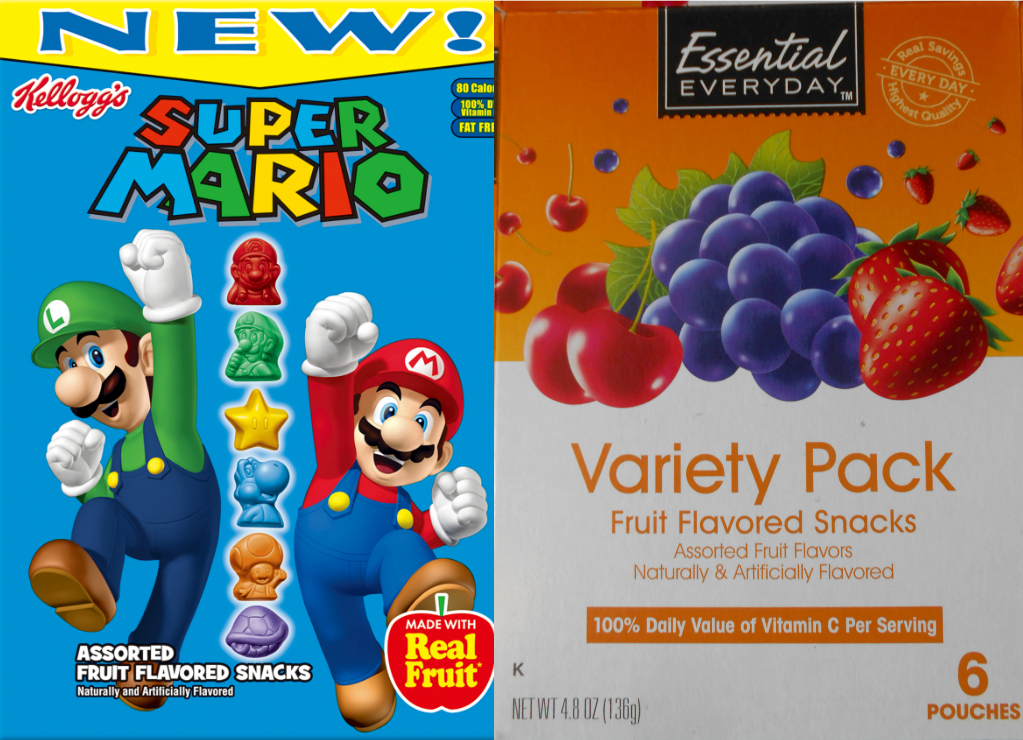
Pre-school age children might prefer Dora the Explorer, Care Bears or Spiderman fruit snacks, but their parents don’t.
A new study led by Katie Abrams, an assistant professor of journalism in the College of Liberal Arts, found parents viewed “character” fruit snacks as having higher sugar content and more artificial ingredients than brands that displayed images of fruit and other “natural” pictures or claims on the package.
The study, which was published in the journal of Appetite, also found that while most of the parents surveyed recognized the health claims and “natural” visuals did not mean the fruit snacks were healthier, they rarely thought beyond their initial impression.
“Basically, for these parents we found that ignorance is bliss,” Abrams said. “They understand that a lot of the claims on the packaging aren’t true and the visuals don’t add up but they don’t seem to mind.”
Abrams began working on the study as a faculty member at the University of Illinois- Urbana-Champaign. She and colleagues ran four focus groups of parents with pre-school aged children and showed them different fruit snack packaging to gather input.
The goal of the study was to explore how parents of with kids in this age range made sense of the onslaught of imagery and claims on different packaging.
It’s natural
Some of the study results surprised Abrams, who has long been interested in food packaging and how shoppers or the public perceive different images and wording.
For example, she said, many of the parents surveyed knew they were being marketed to with claims of “natural” fruit snacks and didn’t seem to mind. They also preferred brands they perceived as more natural and healthy than others.
“They were willing to go with their initial impression of a product being natural and were less likely to check the ingredients and compare them,” Abrams said.
Also, the participants indicated they would be more likely to buy the “natural fruit snacks” for events like birthday parties or events with other parents present because they appeared healthier than those with Super Mario or Curious George on the cover.
“They were very aware of what other adults would think other their choices,” she said.
Power of marketing
In the paper, Abrams and her colleagues included a quote from a parent they felt summed up their findings:
“One participant summed up most of the above themes by stating, ‘I would choose the Welch’s just because it seems like it’s more healthy tome and it would be between Welch’s and Mott’s because those are two really known brands. . .but the Welch’s looks less cartoonish than the Mott’s does to me. My daughter would pick Super Mario because she knows who he is.’”
To Abrams, the study’s findings reinforce the power of marketing – and also the need to provide guidance about food labeling and packaging.
“In many cases, the visuals these parents were looking at were meant to indicate a flavor but were associated instead with ingredients and that’s concerning,” she said. “There needs to be guidance about how to communicate flavor without misleading about ingredients.”